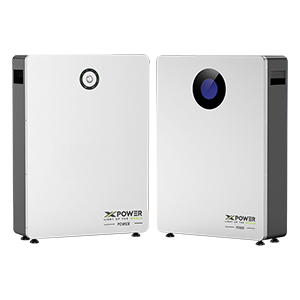What is in a Solar Panel?
Time of Release : 2023-08-08
Solar panels have become increasingly popular as a sustainable and renewable energy source. Understanding the components that make up a solar panel is essential for anyone interested in harnessing the power of the sun. In this blog post, we will explore the inner workings of a solar panel, shedding light on the various components that enable it to convert sunlight into usable electricity. By gaining insights into the technology behind solar panels, you can make informed decisions when it comes to choosing the right system for your needs.
1. Photovoltaic Cells
At the heart of every solar panel are photovoltaic cells, also known as solar cells. These cells are responsible for converting sunlight into electricity through a process called the photovoltaic effect. Typically made of silicon, these cells contain two layers: the n-type layer, which has an excess of electrons, and the p-type layer, which has a deficit of electrons. When sunlight strikes the cell, it excites the electrons, allowing them to move from the n-type layer to the p-type layer. This movement generates an electric current.
2. Encapsulation and Protection
To ensure the longevity and durability of solar panels, they are encapsulated in a protective layer. This layer is usually made of tempered glass, which shields the photovoltaic cells from external elements such as rain, dust, and debris. Additionally, the encapsulation process helps maintain the structural integrity of the solar panel, allowing it to withstand various weather conditions.
3. Backsheet
The backsheet is a crucial component that is located on the rear side of the solar panel. Its primary function is to protect the photovoltaic cells from moisture and other environmental factors. Typically made of a polymer material, the backsheet acts as a barrier, preventing any potential damage that could occur from exposure to moisture or humidity.
4. Frame and Mounting
Solar panels are often equipped with a sturdy frame that provides structural support and protection. The frame, typically made of aluminum, not only adds rigidity to the panel but also facilitates easy installation and mounting. These frames are designed to withstand high winds, snow loads, and other external forces, ensuring the long-term stability and performance of the solar panel.
5. Junction Box
The junction box is an essential component found on the backside of the solar panel. It serves as a connection point for multiple panels and houses various electrical components. The junction box is responsible for regulating the flow of electricity generated by the photovoltaic cells and protecting the panel from overcharging or overheating. It also allows for easy connection to the electrical system of a building or the power grid.

Solar panels have become a symbol of sustainable energy and are playing a significant role in shaping a greener future. By understanding the inner workings of solar panels, we can appreciate the science and technology behind this remarkable innovation. From the photovoltaic cells that convert sunlight into electricity to the protective layers and junction boxes, each component plays a crucial role in harnessing the power of the sun. As solar panel technology continues to advance, we can look forward to a future where renewable energy becomes the norm, reducing our carbon footprint and creating a cleaner and more sustainable world.





